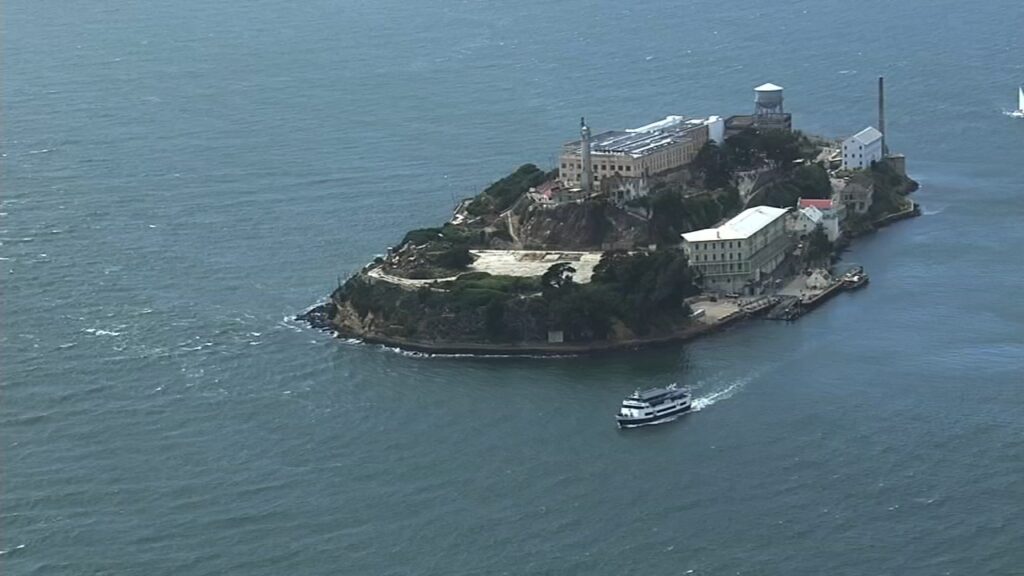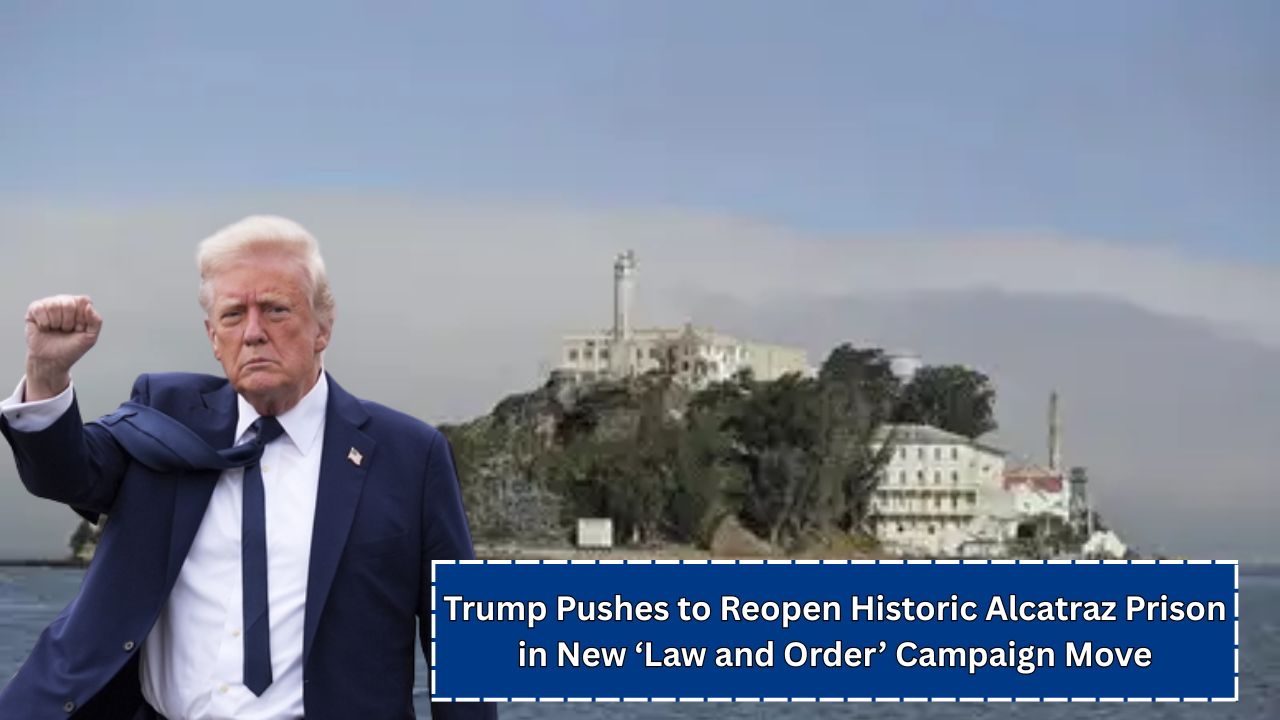SAN FRANCISCO, May 5, 2025 — Former President Donald Trump made headlines over the weekend with a bold proposal: to reopen the legendary Alcatraz Federal Penitentiary as a high-security prison for America’s “most ruthless and violent offenders.” The announcement came via Trump’s Truth Social platform and has ignited a fiery national debate over criminal justice, symbolism, and practicality.
Alcatraz, located on a rocky island in San Francisco Bay, operated as a federal prison from 1934 until its closure in 1963. It is famously known for housing some of the nation’s most notorious criminals, including Al Capone and George “Machine Gun” Kelly. After closing due to high operational costs and deteriorating infrastructure, the site was transferred to the National Park Service and became a popular tourist destination.
“We will bring back Alcatraz for the worst of the worst,” Trump posted. “A place where LAW, ORDER, and JUSTICE will reign. Enough with soft judges and out-of-control crime.”
A Symbolic Move with Real Challenges
Trump’s proposal comes amid his broader tough-on-crime messaging as he campaigns for a potential return to the presidency. He vowed that the reopened Alcatraz would serve as a federal facility for the “most hardened criminals,” criticizing what he described as “radicalized judges” who, in his view, enable rising crime.
He has reportedly directed agencies including the Federal Bureau of Prisons, the Department of Justice, FBI, and Department of Homeland Security to evaluate the feasibility of reviving the island facility.
However, experts and lawmakers immediately raised questions about the legality, logistics, and cost of such a move.
“Alcatraz is a national park. The idea of turning it back into a prison is both unrealistic and absurd,” said former House Speaker Nancy Pelosi in a statement. “This is political theater, not public policy.”
The National Park Service (NPS), which has managed Alcatraz Island since 1972, offers no indication that the island is available for such use. The island now attracts more than a million tourists annually and is considered a vital part of California’s historical and environmental heritage.
History of Alcatraz

Alcatraz’s history as a federal prison is steeped in myth and lore. Operating under strict security protocols, it earned a reputation as escape-proof — though the 1962 escape by three inmates remains unsolved and has inspired countless theories and films.
According to the Federal Bureau of Prisons, Alcatraz’s high costs and structural decay led to its closure in 1963. It was considered too expensive compared to other newer facilities.
The cost of restoring the prison to modern correctional standards would likely be astronomical. Additionally, environmental regulations would complicate any reconstruction on the island, which is a designated national landmark.
Legal and Financial Hurdles
Trump’s proposal did not include a budget or legislative framework. Reopening Alcatraz would require federal appropriations and potentially an act of Congress, particularly given its protected status.
The Environmental Protection Agency (EPA) and California Coastal Commission would also likely play key roles in evaluating the environmental impact of such a project.
Without specific funding or a legal pathway, many see the proposal as symbolic rather than actionable.
“It’s a headline-grabbing stunt, not a serious proposal,” said Dr. Michael Romano, a criminal justice reform advocate and professor at Stanford Law School. “There are far more effective ways to address violent crime in the U.S. than repurposing a tourist site.”
A Deeper Message
Despite the logistical implausibility, Trump’s call to reopen Alcatraz underscores the former president’s ongoing focus on law and order as central to his political brand. Supporters have praised the move as a firm stance against violent crime, while critics view it as an attempt to capitalize on fear.
The proposal also highlights the broader polarization in U.S. criminal justice policy. While some advocate for rehabilitative and community-based models, others, like Trump, push for more punitive measures.
Whether or not Alcatraz is ever repurposed as a prison again, the proposal serves as a reminder of how potent symbols — even defunct prisons — can be in shaping public discourse.
This article has been carefully fact-checked by our editorial team to ensure accuracy and eliminate any misleading information. We are committed to maintaining the highest standards of integrity in our content.

Outside of work, he enjoys playing chess, following cricket, and writing short stories. His commitment to integrity and in-depth analysis strengthens OTE News’ mission of providing trustworthy journalism.




